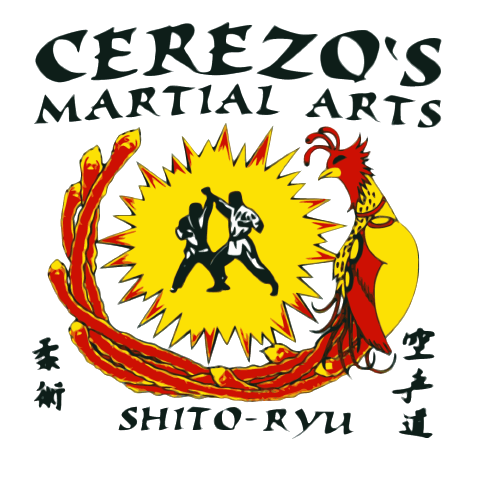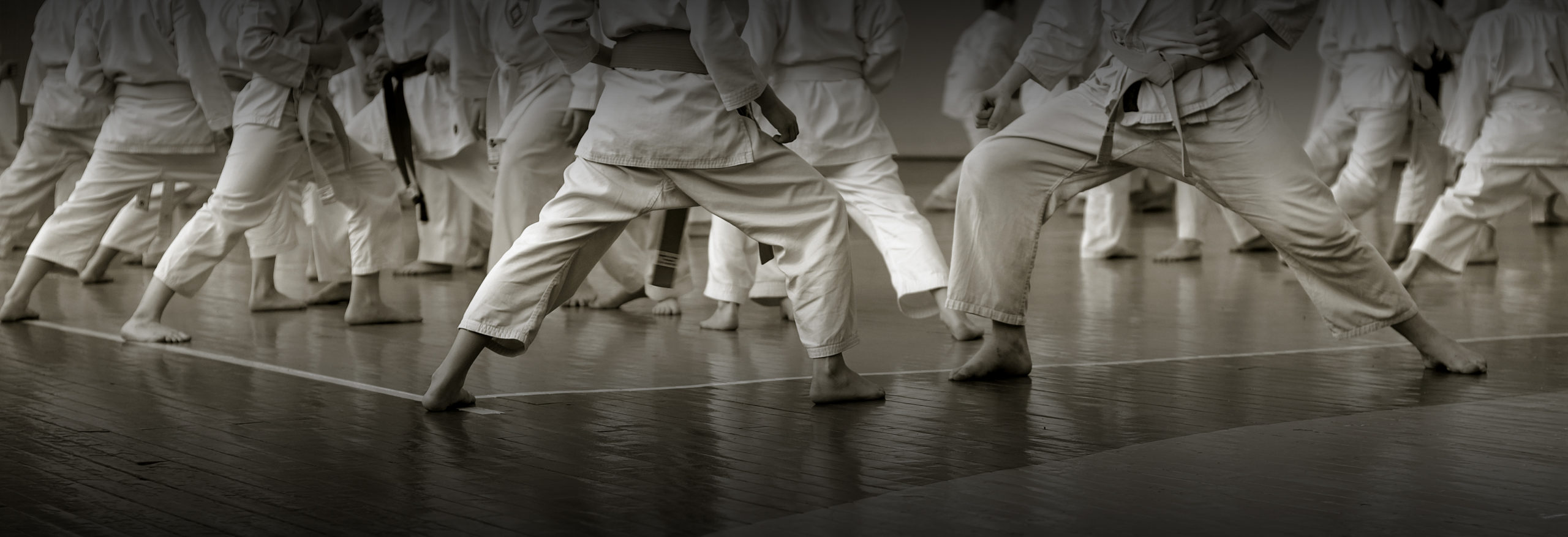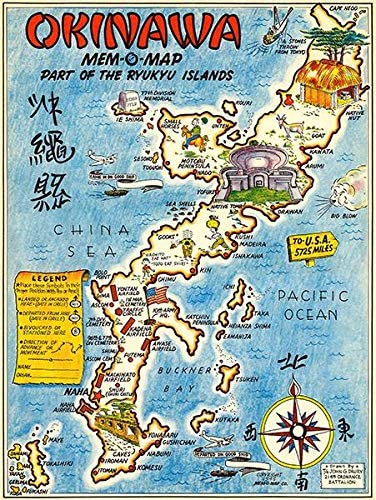
Karate is a Japanese word meaning “empty” (Kara) and “hand” (te). It is a system of attack and defense that uses all parts of the body (hands, feet, elbows, fingers, etc.) to kick, punch, chop, butt or any other move that is effective in defending yourself. Many of the movements have been analyzed and geometrically calculated so that whatever the action, a block or a punch, it is the maximum the human body can achieve. One quickly learns that it is not the size and strength alone that win, rather speed and knowledge that are the deciding factors in who will emerge victorious in physical combat.
Karate-style fighting has been traced to the monks and priests of China, India, and Tibet. These men took time to refine and codify ways of self-defense into a skillful and efficient Art. From China, it crossed into Okinawa where it was known as “Te” and consisted mainly of hand movements. In 1922, “Okinawa Te” was introduced into Japan by Masters Mabuni and Funakoshi. Many of our military servicemen stationed throughout the world, especially in Japan and other Far East nations, brought back many different systems to the United States. The largest of these systems is the Japanese system.
The Shito-Ryu system was passed on from Mr. Itosu and Mr. Higaonna. In Japanese Kanji, the first two letters in their names spell “Shi” and “To”. Mr. Mabuni combined them to name and form our style as it was handed down to him. Born in 1893, Mr. Mabuni was the 17th generation son of a famous samurai named Onigusuki. In 1929, he moved to Osaka and instructed many students, among them Ryusho Sakagami, who, in turn taught new generations including Mr. Fumio Demura.
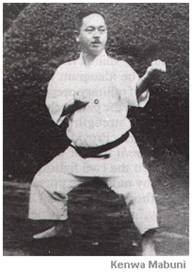
True Karate is a physical Art, a technique of self-defense and a sport. One of its greatest attributes is that anyone, irrespective of size, age, or sex can practice this Art. Your degree of skill, of course, depends on these factors. However, one can practice Karate according to his own capabilities or, if he has them, handicaps.
Shito Ryu Karate Do was founded by the late master Kenwa Mabuni. Mabuni Sensei lived in Okinawa and studied under two famous masters. They were Yasutsune(Anko) Itosu of Shuri Te(early Shorin Ryu) and Kanryo Higa(shi)onna of Naha Te(early Goju Ryu). Mabuni Sensei was a loyal student that took the pure teachings of both styles and blended them together to create Shito Ryu. The name Shito is a conjunction of Japanese characters from the master’s names and Ryu is defined as a school(of thought or practice). Mabuni was so loyal in fact that when his beloved teacher Anko Itosu died legend says that Mabuni lived at his gravesite for one year diligently practicing the katas he was taught.
Shito Ryu Karate Do was founded by the late master Kenwa Mabuni. Mabuni Sensei lived in Okinawa and studied under two famous masters. They were Yasutsune(Anko) Itosu of Shuri Te(early Shorin Ryu) and Kanryo Higa(shi)onna of Naha Te(early Goju Ryu). Mabuni Sensei was a loyal student that took the pure teachings of both styles and blended them together to create Shito Ryu. The name Shito is a conjunction of Japanese characters from the master’s names and Ryu is defined as a school(of thought or practice). Mabuni was so loyal in fact that when his beloved teacher Anko Itosu died legend says that Mabuni lived at his gravesite for one year diligently practicing the katas he was taught.
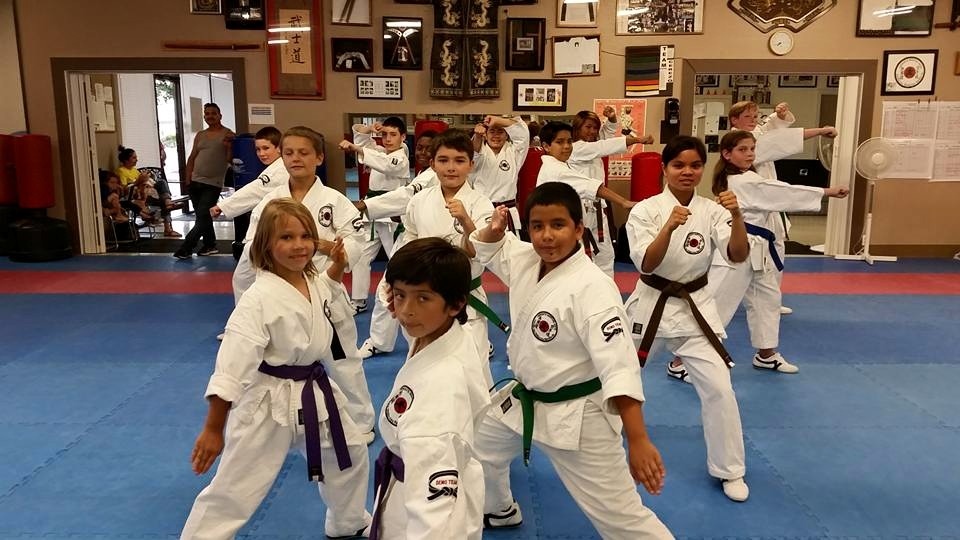
At Cerezo’s Martial Arts, the focus is on gaining self-discipline and building confidence, as well as learning self-defense. Self-discipline and confidence are the inner strengths which are nurtured and then mobilized to create a more healthy person in mind, body and in spirit and in turn enable them to defend themselves better.
Sensei Abe Cerezo, owner of Cerezo’s Martial Arts, teaches Shito-ryu Karate integrated with Jiu Jitsu grappling. He feels that integrating stand-up fighting techniques (karate) with ground fighting techniques (jiu jitsu) gives the defender a choice and a better ability to fight standing up or on the ground.
Through martial arts training, sensei Abe strives to teach kids a better way to communicate, have respect, acceptance of people for who they are and willingness to learn new things while keeping an open mind. As for adults, sensei Abe strives to show them healthy ways of relieving stress and getting a good aerobic workout.
The philosophy of Cerezo’s Martial Arts is, “there is no dominant martial art.”
